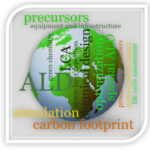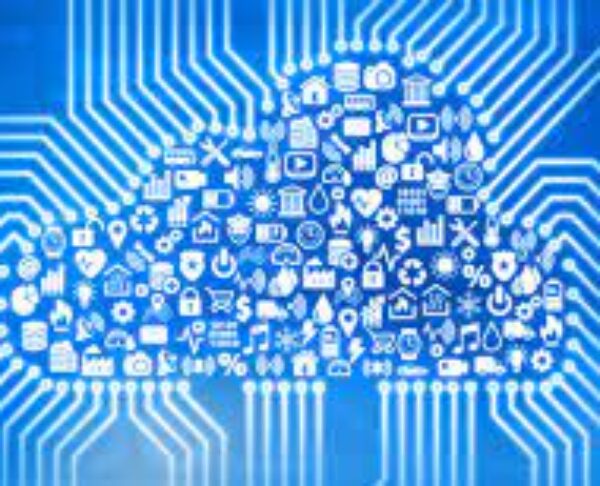Introduction
In our interconnected world, computers play an indispensable role, powering everything from communication to complex calculations. Behind the sleek screens and intuitive interfaces lie intricate components that work in harmony to execute tasks. This blog delves into the essential components that comprise a computer system, unraveling the inner workings of these technological marvels.
- Central Processing Unit (CPU)
The CPU is the brain of the computer, responsible for executing instructions and performing calculations. It interprets and processes data from memory and controls the overall operation of the system.
- Motherboard
The motherboard serves as the main circuit board, connecting and coordinating all essential components. It houses the CPU, memory modules, expansion slots, and connectors for input and output devices.
- Memory (RAM)
Random Access Memory (RAM) provides temporary storage for data that the CPU needs to access quickly. It allows for multitasking and efficient data retrieval, enhancing the computer’s performance.
- Storage Devices
Computers rely on various storage devices to store data and programs. Hard Disk Drives (HDDs) and Solid State Drives (SSDs) are commonly used for long-term storage, while optical drives and USB drives facilitate data transfer.
- Input Devices
Input devices enable users to interact with the computer. Keyboard, mouse, touchpad, and touch screen are examples of input devices that allow users to provide commands and input data.
- Output Devices
Output devices display or provide information generated by the computer. Monitors, printers, speakers, and headphones are typical output devices that convey results, images, and sound.
- Graphics Processing Unit (GPU)
The GPU is responsible for rendering graphics and images. It is essential for gaming, video editing, and other graphics-intensive tasks, enhancing visual performance and quality.
- Power Supply Unit (PSU)
The PSU converts electrical power from the outlet into usable voltage for the computer components. It ensures stable and sufficient power distribution to keep the system operational.
- Expansion Cards
Expansion cards enhance a computer’s capabilities by adding functionality. Graphics cards, sound cards, and network interface cards are examples of expansion cards that can be inserted into motherboard slots.
- Cooling System
Computers generate heat during operation, which can affect performance and longevity. Cooling systems, including fans and heat sinks, dissipate heat to maintain optimal operating temperatures.
- Operating System
While not a physical component, the operating system is a crucial software that manages hardware resources and provides an interface for users to interact with the computer. It enables the execution of applications and ensures smooth system operation.
Conclusion
A computer system is a symphony of components that collaborate seamlessly to perform tasks, process information, and create the digital experiences we rely on daily. From the CPU’s processing power to the RAM’s quick data access, each component plays a vital role in shaping the computer’s performance and capabilities. Understanding these building blocks deepens our appreciation for the complexity of technology that drives our modern world, emphasizing the harmonious fusion of hardware and software that defines the heart of computing.




